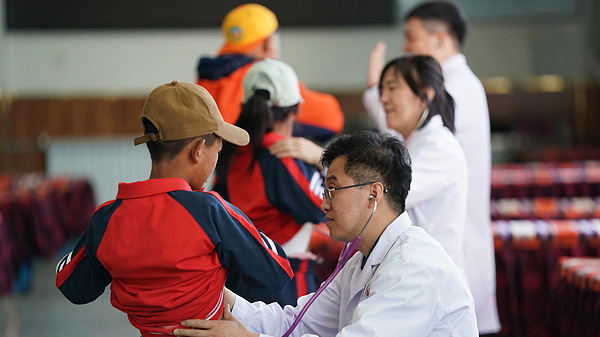Ever wondered how doctors see inside your body without a scalpel? 🤔 This week marks World Radiography Day (November 8), celebrating 129 years since Wilhelm Röntgen discovered X-rays—a breakthrough that changed medicine forever. His first X-ray photo? His wife’s hand! 💍 Talk about a *spooky* Valentine’s gift. 👻
🔍 From Bones to Bytes: The Tech Behind the Scans
Fast-forward to today: Dr. Wang Zhenchang of the Chinese Academy of Engineering and his team have developed a bone-specific CT scanner with ultra-high resolution (50 microns! 🎯). That’s like zooming in on a single strand of hair split 20 times. This tech helps spot tiny fractures or early signs of diseases like osteoporosis, making treatments faster and more precise. 🦴
⚡ Why Resolution Matters
Higher resolution = better detection. Think of it as upgrading from a blurry TikTok video to 4K HD. 🎥 For conditions like cancer, catching issues early can mean the difference between a simple treatment and a life-altering battle. Dr. Wang calls medical imaging a ‘game-changer’ for early diagnosis—especially in brain scans and heart health. 🧠❤️
🤖 AI + Radiology = The Future?
Imagine an AI assistant analyzing your scans faster than you can say ‘MRI’! Dr. Wang says AI integration could boost accuracy and speed, letting doctors focus on personalized care. 🚀 Algorithms might soon flag anomalies, streamline workflows, and even predict health risks. Is this the era of ‘preventive healthcare’? 💡
Whether it’s a CT scan for atherosclerosis or an MRI for brain tissue, one thing’s clear: medical imaging isn’t just about pictures—it’s about saving lives. 🌍❤️
Reference(s):
Health Talk: Medical imaging offers 'X-tra' insight into bodies
cgtn.com






